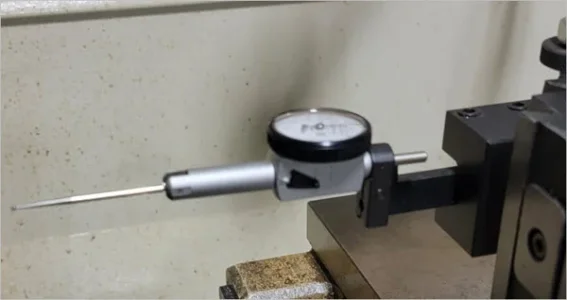Did you try this? Did it work?
So, I want to make a custom tool holder to hold a spindle motor in my tool post. The motor came with an alumnium clamp holder.
View attachment 20594
My first thought was to machine one side of it flat and drill and tap a steel tool holder to hold the Aluminium holder. But it seems like there are lots of reasons why that wouldn't work as well as it seems it should.
So I'm rethinking this now. Reading this thread has me thinking it would be better to make a new sleeve that incorporates its own tool holder dovetail to attach directly to the tool post dovetail.
Hence my questions about how well your aluminum tool holder worked out.
I'll also need to find a big ars chunk of aluminum that is hiding my holder inside it.
I need to be able to cut good dovetails too.....

